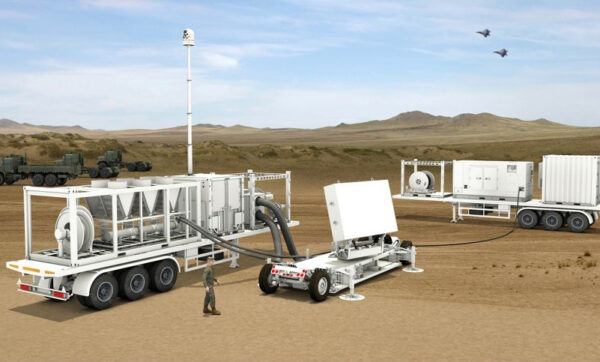
By Richard Scott
Lockheed Martin has been awarded an initial US$276 million contract by the US Air Force to develop and produce the Advanced Range Threat System Variant 3 (ARTS-V3) Variable Aperture Digital Radar (VADR) system. VADR will leverage both X-band and C-band radars to train aircrew for engagements against advanced integrated air defense systems (IADS).
ARTS-V3 has been conceived as a long range, high power surface-to-air missile (SAM) radar simulator able to replicate strategic/tactical threats at the fidelity necessary to test and train 5th generation and subsequent platforms, and stress their electronic warfare systems. As such, the system will create a relevant combat training threat system that is both dynamic and reconfigurable, and representative of a modern anti-access area-denial (A2/AD) environment with highly reactive threat systems that provide immediate feedback to aircrews.
The core VADR requirement is to develop a modular radar threat system that has a growth path to replicate multiple advanced SAM threats and support Live Virtual Constructive (LVC) training. Efforts include but are not limited to: development of Production Representative Articles, development of command and control software, digital engineering, and efforts focused on integrating ARTS-V3 into test and training ranges plus LVC architectures.
Featuring a fully functioning active electronically scanned array (AESA) and a flexible software-based back-end to allow for different multi-track, multi-target threat systems to be replicated, the ARTS-V3 system is intended to provide threat-representative effective radiated power (ERP), replicate threat signals/waveforms, antenna patterns, antenna polarization, operational modes, threat tactic capabilities and reactivity. The VADR will be built using a distributed digital AESA, leveraging commonality with other key radars in the Lockheed Martin portfolio.
Lockheed Martin has partnered with Syracuse Research Corp. (SRC) to deliver the ARTS-V3 VADR program. The initial contract, awarded by the ARTS Program Office at Hill Air Force Base, Utah, includes production options.



